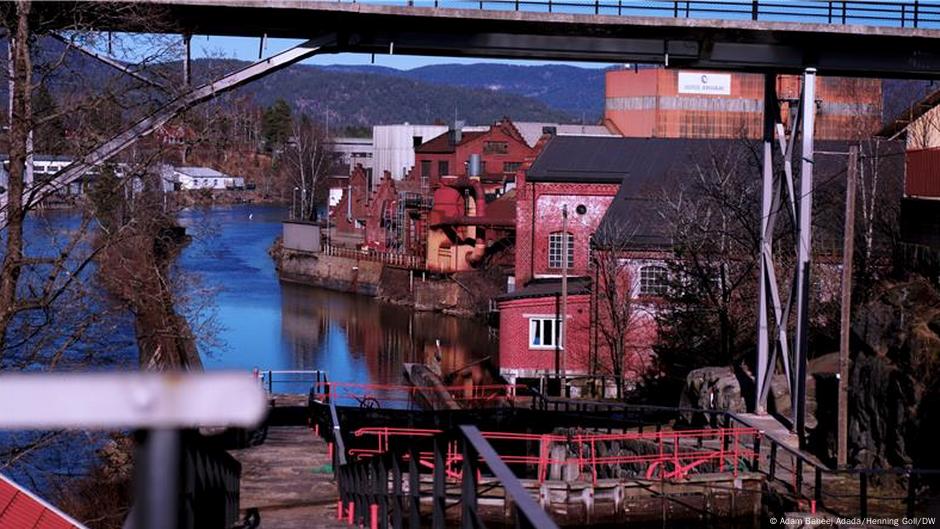Introduction to Ulefoss
With a population of a little more than 2,000, Ulefoss does not seem to be the answer to one of the current economic problems in Europe. But this point in the southern Norwegian landscape sits directly above the greatest deposit of the continent of the rare elements. These metals, which are difficult to acquire, are decisive components of many modern technologies and devices, from fighter jets to electric vehicles, flat screen TVs to digital cameras.
Importance of Rare Elements
In fact, they are so important that a safe supply of them has become part of the law on the European Union. Since the EU does not have its own internal supply at the moment, Ulefoss is promised. The hidden deposit, which is referred to as the fen complex, slumbers as close to the surface as 100 meters (328 feet). It is located directly under the schools and houses of the community and makes it a difficult and potentially controversial operation for the mining company of rare earth (REN).
Concerns of the Locals
A resident who did not want to be named said three of the locations that the local council examined because the landfills are currently ponds for the mines. "For me, there are existing ponds considering the climate protection problems that we have or becoming, almost holy. Would this have been in the 1950s when I was a boy, I could understand it, but if the plans for 2025 are, I react very strongly." But Tor Espen Simonsen, REN Community connection and even a local, says the company has worked hard to clear out the concerns of the villagers.
History of Mining in Ulefoss
Ulefoss is one of the oldest industrial associations in Europe with a history of iron mining from the 17th century. The last pit was closed in the 1960s because smaller operations in Norway had lost the forces of globalization and international trade. "When I grew up in Ulefoss, many people said that one day there will be new mining activities," said Simonsen. "We just don’t know when." However, if REN projects run as planned, this day may not be too far away and could become the most important chapter in the community’s mining activity.
The Invisible Mine
The company hopes to start full scale in 2030, but can only extract this rare removal if this is not possible without influencing or suppressing the village above. REN plans to create what she calls "invisible mine". Starting 4 kilometers from the city center, it will dig a long, narrow diagonal tunnel directly into the heart of the fen deposits. With automated exercises, you dig up a huge 300 meter to 50-meter section of the deposit. This material will fall into a crusher directly under the excavation point.
Potential Risks
The risk of this approach is dropped. The newly created empty space under the ground could lead to geological instability, as was the case in the most Swedish northernmost city of Kiruna. The Kiruna Iron Ore Mine left the urban center with cracks and ground formation. In the early 2000s, it was decided that the city would have to move permanently, a process that is currently underway. This experience has not been unnoticed in Ulefoss. "There are some people who have seen things from other places. They are afraid that our houses will fall into a large crater or that something will be destroyed," said Eli Landsdal, resident.
Mitigating the Risks
To avoid the same fate as Kiruna, plan around half of its waste material back into the holes remaining in the fen deposits, mixed with a binding agent to strengthen the rock. Although Norway is not part of the EU, it is a close ally with strong trade relationships, and the resulting European supply chain for rare earth would be the main goal for everything that comes from fen. "We are far back, both in the EU and in Norway," said Tomas Norvoll, the State Secretary of the Norwegian Ministry for Trade, Industry and Fishing, which is responsible for the mining sector.
A Game-Changer for Europe
If the company manages to reduce its ambitions, it would be a coup for the EU, since it currently guarantees internal care for critical materials that are also used for renewable energies, aerospace and defense, which is currently currently equipped from China. The supply chains are also firmly under Chinese control, whereby the EU exposes the geopolitical tensions and shifts the future. This was much relieved in April when Beijing export controls for rare elements and magnets imposed. The new mine from FEN’s new mine is still decades from the dream of the company to deliver a third of the estimated demand for rare earth in Europe. However, the company hopes to start a small pilot operation next year. If everything is planned, this would be the first industrial source for rare elements in Europe.

